I posted the below photo on Instagram as part of the Fashion Revolution Week and #whomademyclothes campaign. I recently made my first purchase from the Michigan-based clothing company Conscious Clothing. I learned about them on Instagram and was saving up to make a purchase for a while. I’m wearing their Organic Linen Backyard Dress in the color ‘coffee’, along with my original Ramona Cardigan design (handmade by me!).

So what is Fashion Revolution week? I recently learned about it myself. From their website fashionrevolution.org:
Fashion Revolution is a global movement calling for greater transparency, sustainability and ethics in the fashion industry. We want to unite the fashion industry and ignite a revolution to radically change the way our clothes are sourced, produced and purchased, so that what the world wears has been made in a safe, clean and fair way.
Fashion Revolution Week is our #whomademyclothes campaign in April, which happens at the time of the Rana Plaza factory collapse, where 1,138 people were killed and many more injured on 24th April 2013. We use this week to encourage millions of people to ask brands “Who made my clothes” and demand greater transparency in the fashion supply chain.
fashionrevolution.org
This issue has been one often on my mind and something that is important to me. I grew up always understanding the importance of well-made, quality clothing as well as understanding the realities of factory work. My grandmother on my mother’s side, Concetta (she went by Kittie) worked in the garment district in NYC, as many Italian immigrants did in that time, starting in 1918 when she was only 14 years old. As many immigrants of the time had to do, she left school to go to the factory to help support her family. She was a beautiful seamstress and at that early age did very detailed hand-sewing work. Her mother, Carmela, also worked in the factory as did her younger sister Mae, working as a milliner (making hats). Her father (my great grandfather) was also in the business back in Sicily before they immigrated to New York as a specialty shoemaker, making shoes for those with disabilities.
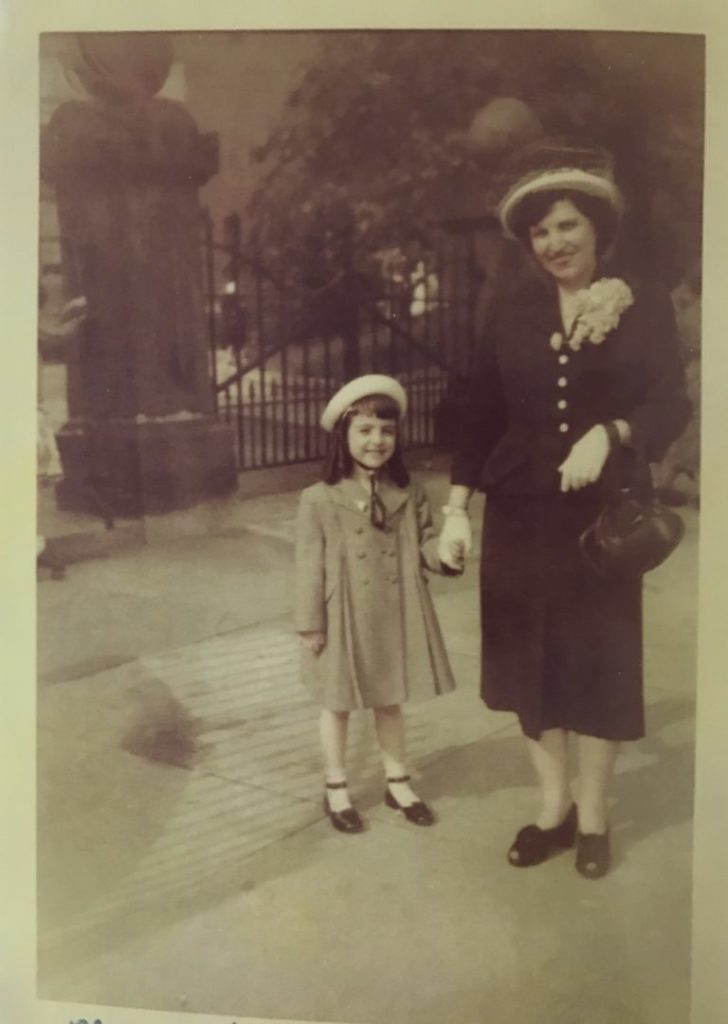
What’s amazing is that my grandmother Kittie went on to own her own company with her brother, Jo-Kit Dress Company, on Webster Ave in the Bronx, NY, that contracted for well-known designer Adele Simpson in the 1960s & 1970s. So needless to say, the garment industry has been a part of my family history and because of that, as well as because I’m a designer and maker myself, it’s something that I remain passionate about.
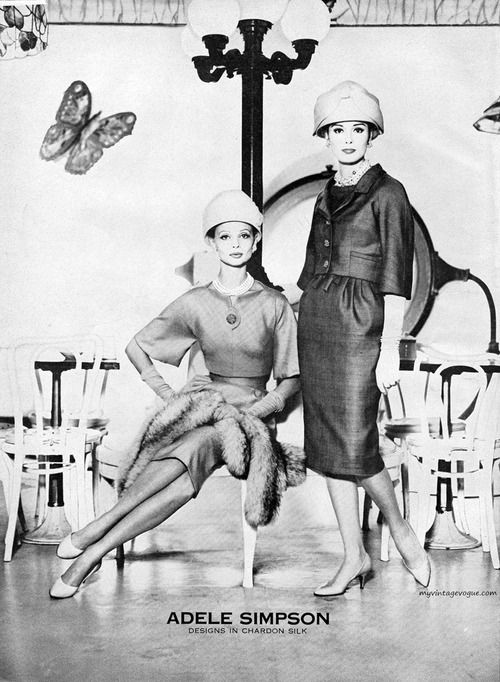
I want to feel good about the clothing I buy – I want to know that with my purchase I am supporting a company that treats their workers fairly (in both wages and in work environment) and that quality and workmanship is important to them. There is an abundance of cheap clothing in the market now, and it’s often because big brands are cutting costs in the manufacturing end – overseas factories (especially in areas with little or no regulations) have been known to exploit workers for cheap labor and the factory conditions can be dangerous and unhealthy. But often a hurdle consumers have is that quality clothing from reputable companies can be expensive and beyond our financial abilities. So what are we as consumers to do?
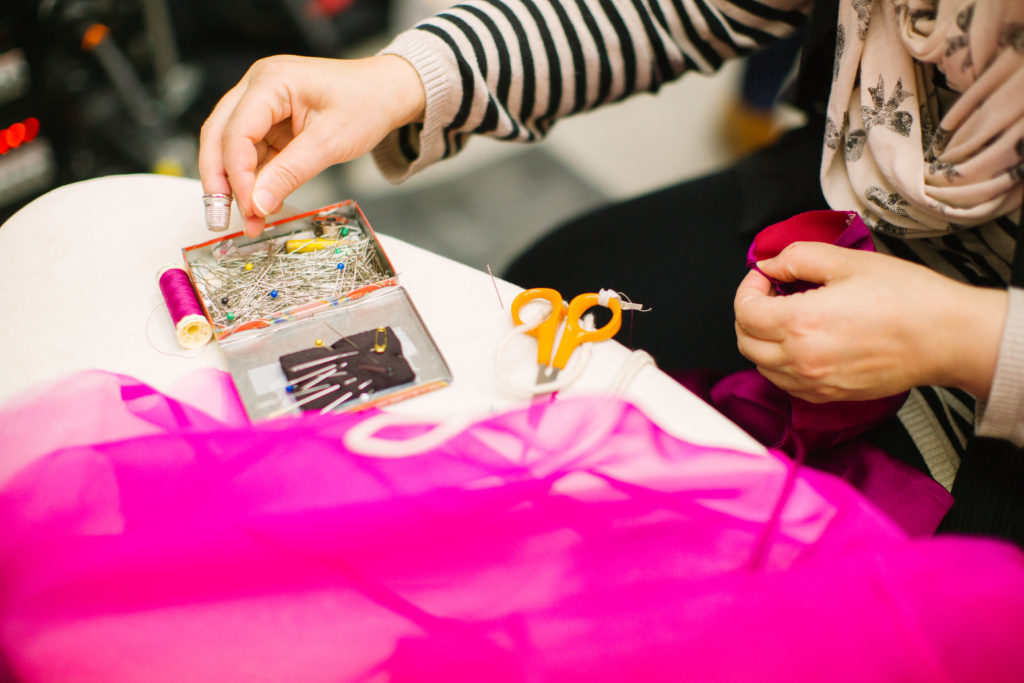
I’m a big believer in how taking small steps towards a goal can make a big difference in the end. Many of us (myself included) cannot always afford to purchase everything we wear and use from an eco-conscious and fair trade company. I hope one day this can change, but until then, I believe that being a conscious consumer and trying, when I can and where I can, I can still make a difference. I’ve been trying to discover brands that I can feel good about. It takes some research but there are definitely resources out there that can help you learn more about the manufacturing practices of many brands out there. Each season I try to purchase a couple of key pieces from companies that are doing the right thing and that I want to support (such as my latest purchase from Conscious Clothing). I’ve been doing this for a few years now and have found those pieces to stand the test of time – I’m amazed that they often all look just as good 2 years later as the day I purchased them.
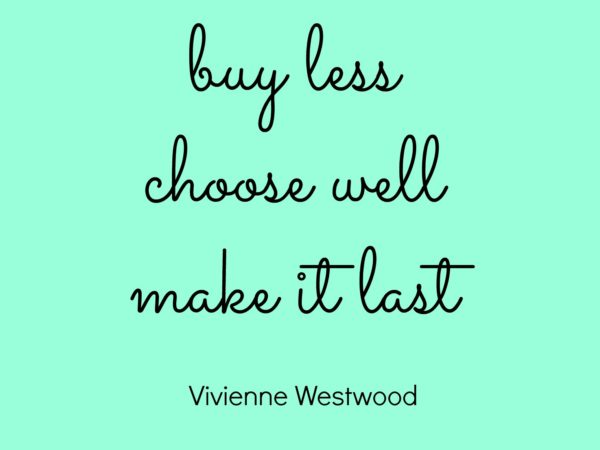
I think that the more we can support the businesses and indie designers that are doing the right thing (in whatever way we can – big or small), and the more we can be vocal about our desire as consumers to know how are clothes are being made, then little by little we can help change the industry. I am so proud of my family history in this industry and the integrity and quality of work that my grandmother always had. It’s why designing and writing quality knitting patterns is so important to me. And I hope to support other businesses that have that same work ethic as she did for all those years.
If learning more about the fashion industry and how clothes are made is something of interest to you as well, I’d recommend checking out fashionrevolution.org, as well as the book “Overdressed: the shockingly high cost of cheap fashion“.

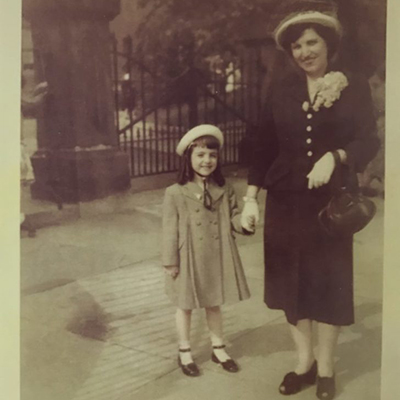
This is such a great post. I’m on a mission to buy fewer but more versatile items of clothing as I started working on a capsule wardrobe a few years ago. I love the idea of looking into the ethics of the stores I’m buying from. Thanks for the reminder.
I so appreciate what you are trying to do. I’m thinking more about purchasing consciously too. One way I do this is with yarn purchases. For example, I buy Manos del Uruguay yarn because it’s beautiful and also because the yarn is a fair trade product. And when I travel to other countries, I like to meet crafts people and artists and buy their handmade clothing. I feel good about these purchases because I know I’m helping other women support their families and communities.